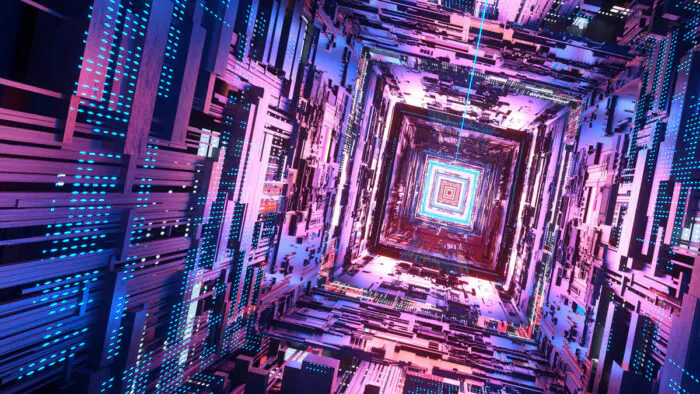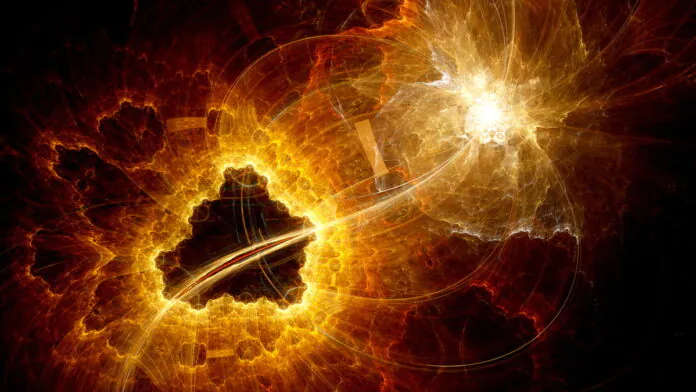© ROOT-NATION.com - Use of content is permitted with a backlink.
A new phase of matter was discovered in a quantum computer: during an experiment, physicists directed light at qubits using a scheme inspired by the Fibonacci sequence. According to physicist Philipp Dumitrescu of the Flatiron Institute, this work is a completely new way of understanding the phases of matter.
The qubits that make up a quantum computer are easily entangled, and this leads to errors. A multi-tactic approach is needed to improve the reliability of qubits. Ensuring symmetry can be a mean of protecting qubits from decoherence. If you rotate the square by 90°, it will remain in the same shape. This symmetry works as a protection measure.
If the qubits are exposed to uniformly distributed laser pulses, this provides a symmetry based not so much on space, but on time. The authors wanted to know if they could enhance this effect by adding not a symmetric periodicity, but an asymmetric quasi-periodicity. This, according to their theory, would provide not one temporal symmetry, but two. One is actually hidden inside the other.
The idea was based on the team’s early work, in which they came up with the idea of creating something called a quasi-crystal. It functions in time, but not in space. For comparison, a crystal consists of a symmetrical lattice of atoms that repeats itself in space. But the structure of atoms on a quasi-crystal is not repeated, but still ordered.

The team conducted their experiment on a commercial quantum computer developed by Quantinuum. They created a sequence of laser pulses based on Fibonacci numbers, where each segment is the sum of the previous two. The result is an ordered, but not repeating sequence, as in a quasi-crystal. The team tested their work and directed lasers at the ytterbium array of qubits, first in a symmetrical sequence and then quasi-periodically. They then measured the coherence of the two qubits at either end of the trap.
For the periodic sequence, the qubits were stable for 1.5 sec. For the quasi-periodic sequence, they remained stable for 55 sec.
And so they discovered a previously unknown phase, when transitioning into which quantum objects begin to behave as if they were in two different time dimensions.
“Such a phase of matter can be used for long-term storage of quantum information. To do this, however, we need to understand how these quantum quasicrystals can be combined with quantum computing machines. We are now actively working on solving this problem,” said the author of the work, Philip Dumitrescu.
You can also help Ukraine fight with Russian occupants via Savelife or via an official page of the National Bank of Ukraine.


